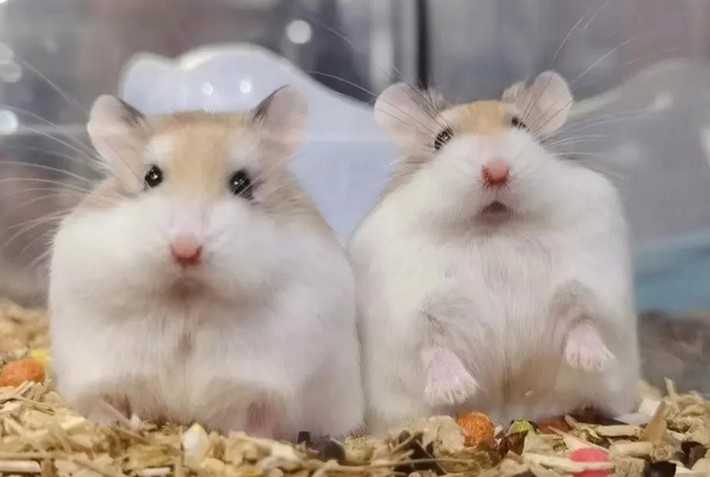Is There a Difference Between a Hamster and a Guinea Pig?
As an experienced hamster enthusiast, I’ve spent countless hours observing and caring for these delightful little creatures. But let’s face it: sometimes even the most seasoned pet owners can get a bit confused. After all, both hamsters and guinea pigs are small, furry, and undeniably adorable. So, what sets them apart? Let’s dive into the world of pocket-sized rodents and explore the key differences between hamsters and guinea pigs.
Size Matters
Hamsters: These pint-sized rodents are true masters of compact living. On average, they measure around 4 to 6 inches (10 to 15 centimeters) in length, with their tails adding an extra inch or so. Their small size makes them ideal for cozy cages and limited living spaces.
Guinea Pigs: Guinea pigs, on the other hand, are the giants of the rodent world. These fluffy herbivores can reach a whopping 8 to 12 inches (20 to 30 centimeters) in length, not including their short, stumpy tails. Their larger size means they need more room to roam and explore.
Social Butterflies vs. Solitary Souls
Hamsters: If you’re looking for a pet that’s content with its own company, hamsters fit the bill. These nocturnal creatures prefer solitude and are perfectly happy living alone. In fact, putting two hamsters together can lead to territorial disputes and even fatal fights.
Guinea Pigs: Guinea pigs are the social butterflies of the rodent world. They thrive on companionship and should ideally be kept in pairs or small groups. Watching guinea pigs interact—whether they’re grooming each other or engaging in spirited “popcorning” (those adorable little jumps)—is pure joy.
Housing and Habitat
Hamsters: Hamsters are burrowers by nature. Provide them with a cozy hideout, tunnels, and plenty of bedding material. A well-ventilated cage with a solid floor is essential to prevent escape artists from pulling a Houdini.
Guinea Pigs: Guinea pigs need more space to stretch their legs. A roomy cage with a solid base (no wire flooring, please!) is crucial. Add hidey-holes, ramps, and platforms for enrichment. And don’t forget the hay—guinea pigs are hay connoisseurs!
Diet and Culinary Preferences
Hamsters: These little omnivores have simple tastes. A high-quality hamster pellet mix supplemented with fresh veggies, fruits, and the occasional insect treat keeps them happy. Oh, and they love hoarding food—so don’t be surprised if you find a hidden stash of sunflower seeds.
Guinea Pigs: Guinea pigs are herbivores through and through. Fresh hay (timothy or orchard grass), leafy greens, and vitamin C-rich veggies are their dietary staples. Skip the iceberg lettuce—it’s a no-no for our piggy pals.
Vocal Chords and Communication Styles
Hamsters: Hamsters communicate through soft squeaks, rustling sounds, and the occasional teeth-chattering. They’re not the chattiest bunch, but their body language speaks volumes.
Guinea Pigs: These little chatterboxes are all about expressing themselves. From wheeking (those high-pitched squeals of excitement during mealtime) to rumbling (a low, vibrating sound when they’re content), guinea pigs wear their hearts on their furry sleeves.
Conclusion
So, is there a difference between a hamster and a guinea pig? Absolutely! From size and social behavior to dietary preferences and communication styles, these two adorable rodents have distinct personalities. Whether you’re Team Hamster or Team Guinea Pig, one thing’s for sure: both make fantastic pets. So go ahead, choose your furry companion, and let the rodent adventures begin!



